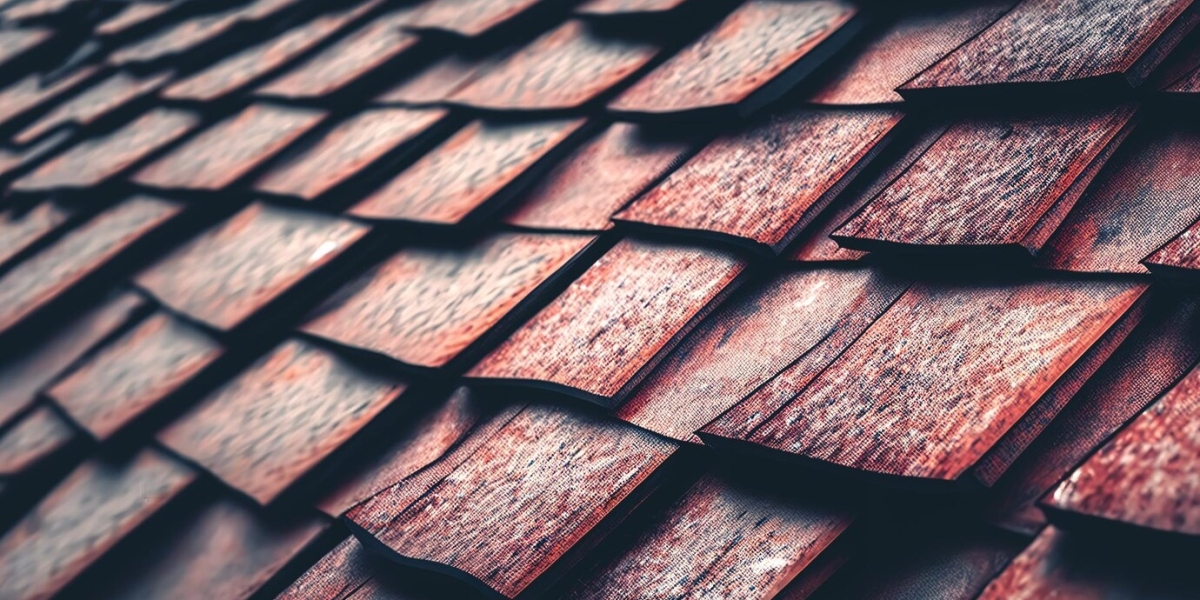Reroofing is a significant home improvement project that involves replacing the existing roof with a new one. This process can enhance the aesthetic appeal of your home, improve its structural integrity, and increase its overall value. In Auckland, reroofing is a popular undertaking due to the region's unique weather conditions, which can be harsh on roofs over time. This article will guide you through the step-by-step process of reroofing in Auckland, ensuring you have all the information needed to undertake this project successfully.

Step 1: Assessing the Need for Reroofing
The first step in the reroofing process is to determine whether your roof needs to be replaced. Signs that indicate the need for reroofing include:
- Age of the Roof: Most roofs have a lifespan of 20-30 years. If your roof is nearing or has surpassed this age, it might be time to consider re-roofing.
- Visible Damage: Look for signs of damage such as cracked, missing, or curling shingles. Also, check for granule loss, which is common in asphalt shingles.
- Leaks and Water Damage: Water stains on your ceiling or walls, mold growth, or a persistent musty smell can indicate a leaking roof.
- Sagging Roof Deck: A sagging roof deck is a serious issue that often requires immediate attention and potentially a full roof replacement.
Step 2: Planning and Budgeting
Once you've established the need for reroofing, the next step is planning and budgeting for the project. This involves:
- Setting a Budget: Reroofing can be a costly endeavor. Determine how much you can afford to spend, keeping in mind the cost of materials, labor, and any additional expenses such as permits.
- Selecting Materials: There are various roofing materials available, each with its own cost, durability, and aesthetic appeal. Common options in Auckland include asphalt shingles, metal roofing, tiles, and slate. Consider the pros and cons of each to choose the best material for your needs.
- Finding a Contractor: Hiring a reputable roofing contractor is crucial for the success of your reroofing project. Look for contractors with positive reviews, proper licensing, and insurance. Obtain multiple quotes to compare prices and services.
Step 3: Obtaining Necessary Permits
In Auckland, reroofing typically requires building consent from the Auckland Council. The consent process ensures that the work complies with the New Zealand Building Code and other relevant regulations. Steps to obtain a permit include:
- Application Submission: Submit a detailed application to the Auckland Council, including plans, specifications, and other relevant documents.
- Council Review: The council will review your application and may request additional information or modifications.
- Approval and Inspection: Once approved, you will receive building consent. During the reroofing process, the council may conduct inspections to ensure compliance with the approved plans and regulations.
Step 4: Preparing for Reroofing
Before the actual reroofing begins, certain preparations are necessary to ensure a smooth process:
- Protecting Property: Remove or cover any items in the attic or around the house that could be damaged by debris during the reroofing process. Protect landscaping and outdoor furniture as well.
- Temporary Accommodations: Depending on the extent of the work, you might need to arrange for temporary accommodations, especially if there are young children, pets, or individuals with health issues in the household.
- Clear Communication: Maintain open communication with your contractor regarding the timeline, expectations, and any specific requirements you may have.
Step 5: Removing the Old Roof
The first major task in reroofing is removing the old roof. This step involves:
- Stripping Off Old Materials: The contractor will begin by removing the old roofing materials, such as shingles, tiles, or metal panels. This process can be noisy and generate a significant amount of debris.
- Inspecting the Decking: Once the old materials are removed, the roof decking (the wooden base of the roof) is inspected for any signs of damage or rot. Any damaged sections are replaced to ensure a solid foundation for the new roof.
Step 6: Repairing the Roof Deck
A crucial step in the reroofing process is ensuring that the roof deck is in good condition. This involves:
- Replacing Damaged Sections: If any part of the roof deck is found to be damaged or rotten, it must be replaced with new materials to ensure structural integrity.
- Installing Underlayment: A layer of underlayment (typically roofing felt or synthetic material) is installed over the roof deck. This provides an extra layer of protection against moisture and improves the overall durability of the roof.
Step 7: Installing the New Roof
With the preparations complete, the next step is installing the new roofing materials. This process varies depending on the type of roofing material chosen:
- Asphalt Shingles: Shingles are installed starting from the bottom edge of the roof, working upwards. Each row overlaps the one below it to provide effective water shedding. Flashing is installed around chimneys, vents, and other roof penetrations to prevent leaks.
- Metal Roofing: Metal panels or shingles are installed with specialized fasteners. Metal roofing often requires additional steps to ensure proper sealing and weatherproofing.
- Tile or Slate Roofing: Tiles or slates are individually placed and secured. This type of roofing is heavier and requires careful installation to ensure stability and longevity.
Step 8: Final Inspections and Finishing Touches
After the new roof is installed, final inspections and finishing touches are necessary to complete the project:
- Council Inspections: If required, the Auckland Council will conduct a final inspection to ensure the reroofing work complies with building codes and regulations.
- Cleanup: The contractor will clean up any debris and materials from the site, leaving your property tidy.
- Final Walkthrough: Conduct a final walkthrough with your contractor to inspect the completed work. Address any concerns or issues before making the final payment.
Step 9: Maintenance and Care
Once your new roof is in place, proper maintenance and care are essential to ensure its longevity and performance:
- Regular Inspections: Schedule regular roof inspections to identify and address any issues early. This can help prevent costly repairs down the line.
- Cleaning Gutters: Keep your gutters clean and free of debris to ensure proper water drainage and prevent damage to the roof and foundation.
- Addressing Repairs Promptly: If you notice any signs of damage or wear, address them promptly to prevent further issues.
Conclusion
Reroofing in Auckland is a comprehensive process that requires careful planning, skilled execution, and diligent maintenance. By following this step-by-step guide, homeowners can ensure a successful reroofing project that enhances the value, appearance, and durability of their home. Whether you're replacing an aging roof or upgrading to a more modern material, understanding each stage of the process will help you achieve the best results and enjoy a long-lasting, high-quality roof.
Let’s Get Connect
Name: Roof Restore
Address: 78 Jeroboam Loop, Kumeu, Auckland 0892, New Zealand
Phone: 0800 476 389









